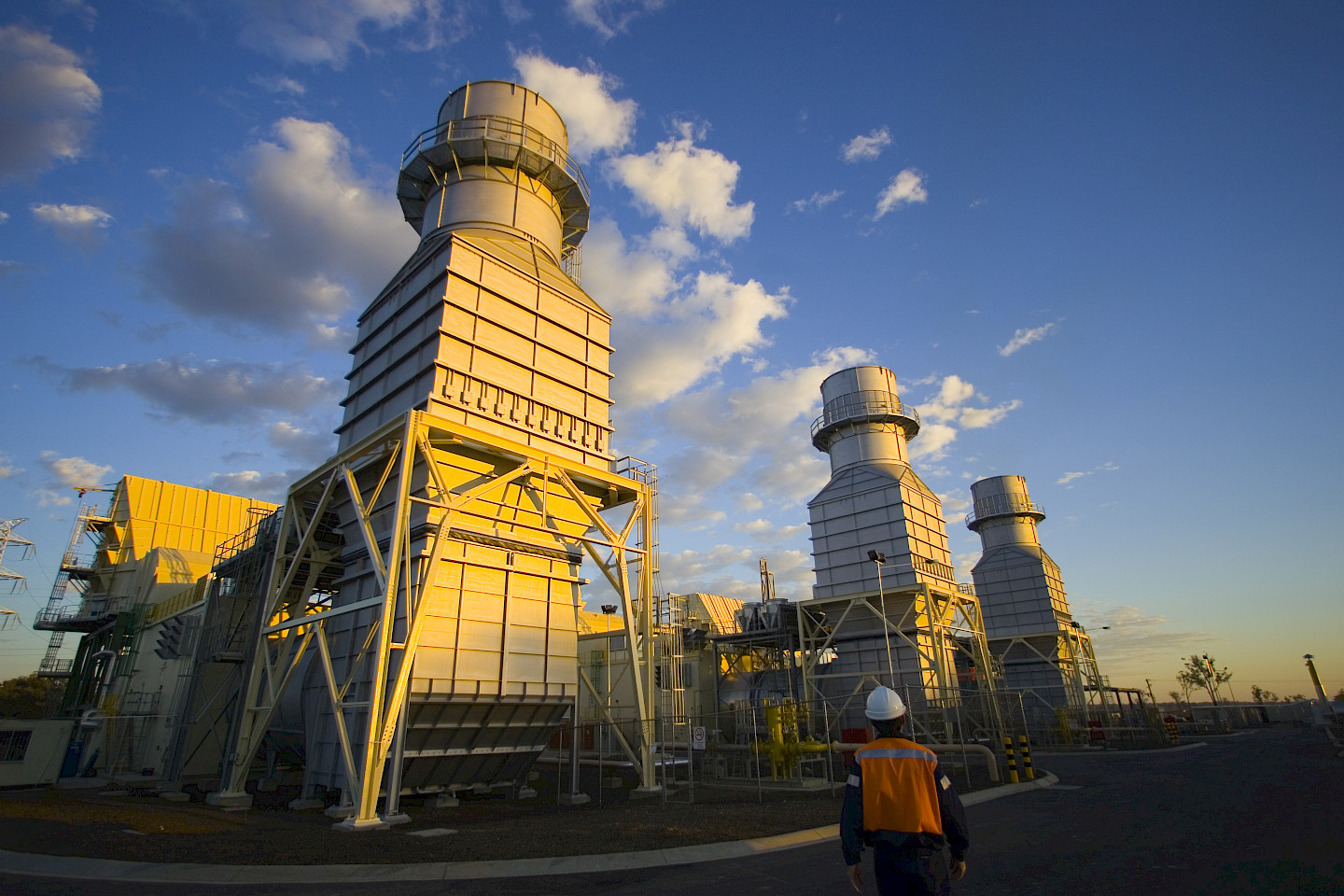Peaking Turbine Plant

As we progress the Energy Transition to net zero, there is increased investment in Peaking Turbine Plant to cover the periods when Wind and Solar PV Power is not providing enough energy to meet demand. There is also a growing requirement for these system to be Hydrogen ready so we can further reduce CO2 emissions.
This trend is likely to continue until we have sufficient long-term energy storage in place as these periods of low wind and sun, sometimes referred to as “Dunkelflaute” or “dark wind lull” in German, can last days or weeks and often occur during periods of peak winter demand.
These peaking turbine power plants are idle for large parts of the year and by adding an SSS Clutch between the gas turbine and the generator, you can automatically disconnect the generator from the turbine when not delivering active power. This reduces maintenence on the gas turbine and enables a fast response time when actve power is required again as the generator remains spinning and synchronised to the grid as a synchronous condenser.
In synchronous condenser mode, the system will absorb and provide reactive power as well as fault current and rotating inertia to help with grid stability and system strength. These stability services for the grid can also be an additional revenue stack for the operator.
